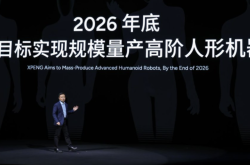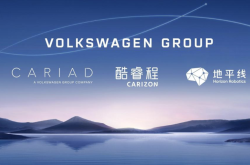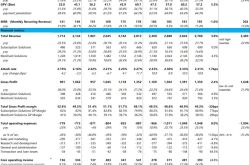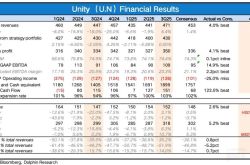Seeking Differentiation Advantages
![]() 07/17 2024
07/17 2024
![]() 454
454
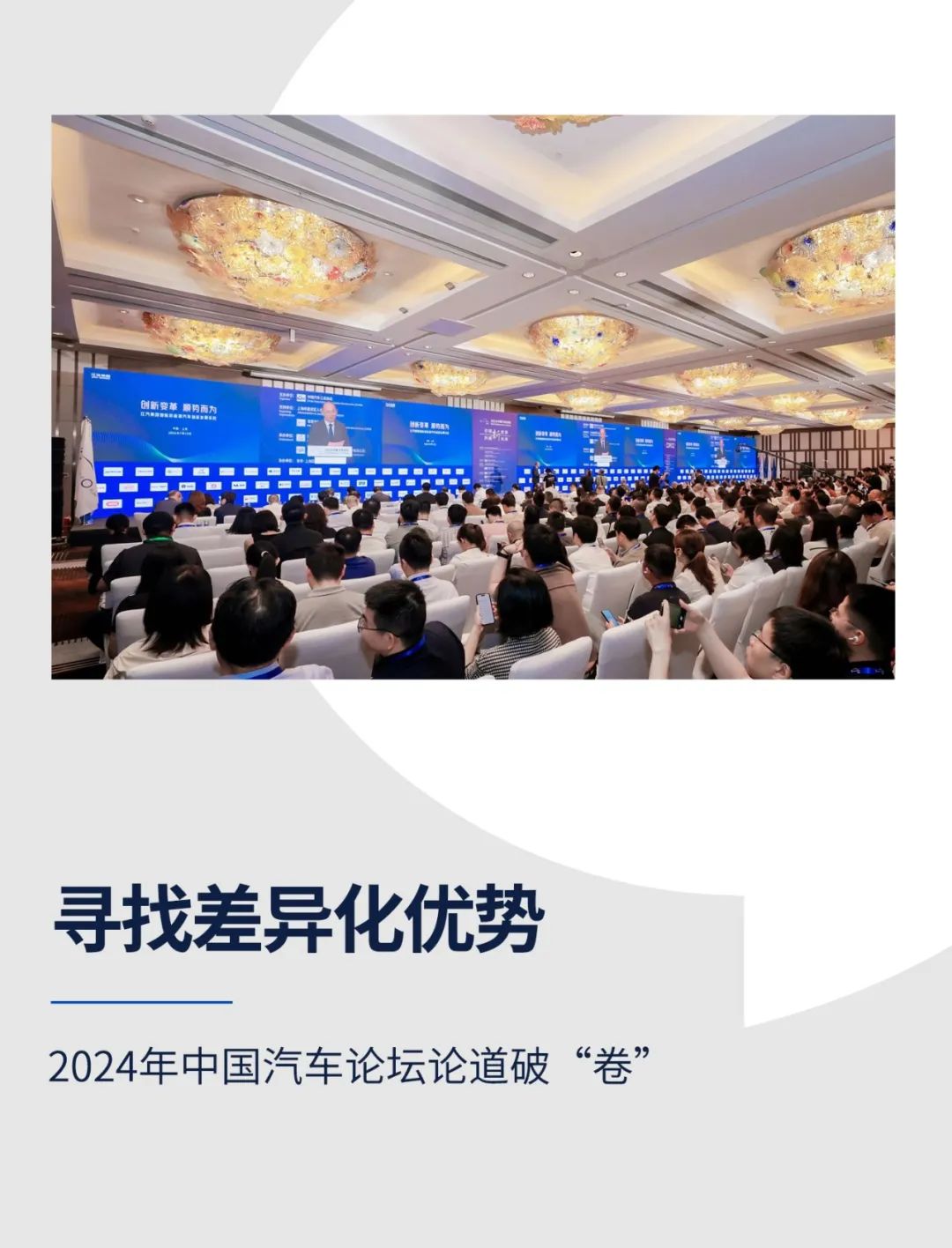
Author | Yang Lu
Editor | Li Guozheng
Produced by | Bangning Studio (gbngzs)
A decade after the assertion that "developing new energy vehicles is the inevitable path for China to transform from a major automotive country to a powerful one" was put forward, the Chinese automotive market faces a new landscape.
From a broader perspective, this year is a crucial year for achieving the goals and tasks of the "14th Five-Year Plan," as well as a tumultuous year for the transformation and upgrading of China's automotive industry amidst intensifying competition.
On the one hand, the latest data released by the China Association of Automobile Manufacturers (CAAM) shows that overall vehicle production and sales remained stable growth in the first half of the year, reaching 13.891 million and 14.047 million units, respectively, with year-on-year increases of 4.9% and 6.1%.
On the other hand, in the first half of the year, price wars continued, with the term "involution" frequently appearing; intelligent evolution accelerated, and the commercial landing of autonomous driving was hotly debated; brand competition intensified, with automakers engaging in mutual criticisms; and the difficulty of going overseas increased, with the EU imposing tariffs. These are both drawbacks accompanying the rapid development of China's automotive industry and necessary stages for Chinese automakers to go global.
Against this backdrop, the 14th China Automotive Forum, hosted by CAAM, was held in Shanghai. The forum featured closed-door summits, general forums, over ten thematic forums, nine major announcements, thematic visits, and other activities, discussing various topics and guiding future directions.
Currently, China's automotive industry has achieved remarkable success in the first half of the electrification era and has entered a critical period of competition in the second half of the intelligent era. The entire industry chain faces unprecedented disruption and transformation, and all enterprises are seeking differentiation advantages.
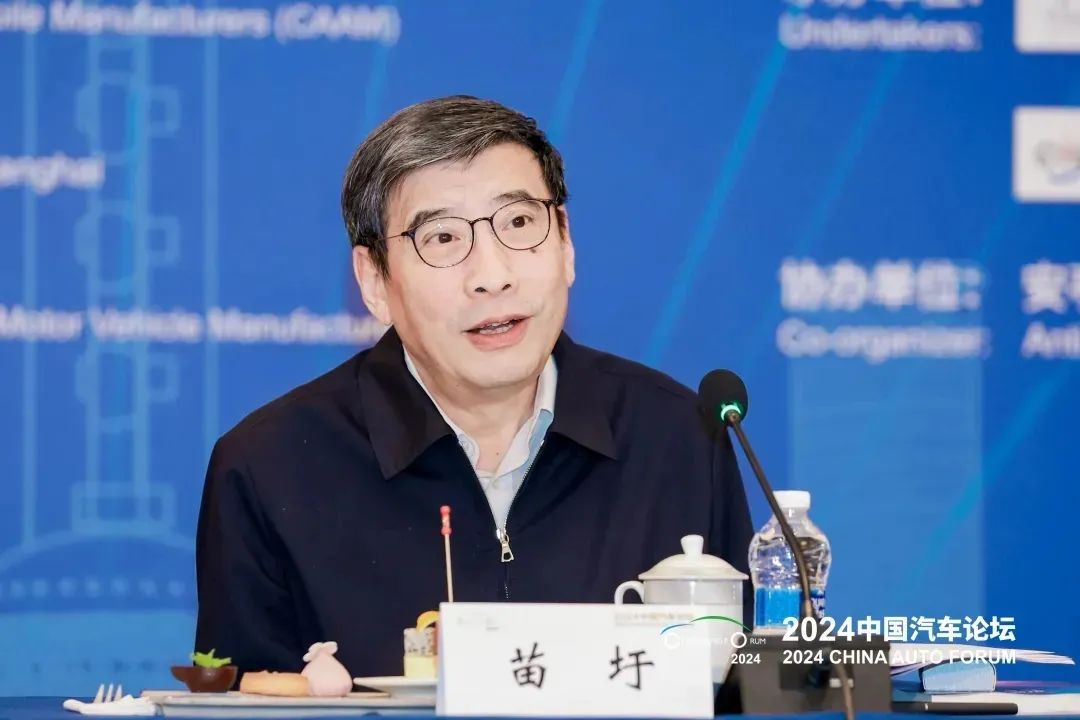
▲Miao Wei, Deputy Director of the Economic Committee of the National Committee of the CPPCC
Miao Wei, Deputy Director of the Economic Committee of the National Committee of the CPPCC, proposed that China's intelligent and connected vehicles have progressed from small-scale testing and validation to a critical period of rapid technological evolution and large-scale application development, requiring more powerful measures to unite cross-industry forces and seize the window of opportunity for industrial development.
In the face of opportunities, how will automakers respond? Under the challenges, where will the industry go? The second half of China's automotive industry has much to offer.

Breaking the Deadlock Amidst Intense Competition
Since the beginning of this year, price wars have shown no signs of abating, with marketing battles forcing even "sixty-year-old men" to go live streaming, and technological battles bringing high-level autonomous driving to vehicles priced below 200,000 yuan. Some believe that involution rapidly improves technology and service quality; others argue that it causes companies to suffer and fall into unhealthy development patterns.
Different companies have given varying perspectives on the involution in the automotive market.
BYD's interpretation of involution is that the more intense the competition in China's automotive industry, the stronger and better it becomes.
Geely, on the other hand, believes that Chinese automakers should exit the involution trap, move towards healthy competition, and embark on a standardized development path. This is not only the responsibility of an individual automaker but also concerns the future and destiny of the entire Chinese automotive industry.
At the forum, Yang Xueliang, Vice President of Geely, compared today's automotive industry to China's motorcycle industry. Once upon a time, almost all motorcycles in Southeast Asia were made in China, but today, Chinese motorcycles are rarely seen in the region. The reason is that fierce price wars in the past compressed profit margins and even quality space. Therefore, the phenomenon of excessive involution in China's automotive industry must change to avoid repeating the mistakes of the motorcycle industry.
Chery also stated that the current homogenized competition and frequent price wars have significantly impacted the automotive industry. Excessive involution is detrimental not only to the healthy development of enterprises but also to the long-term sustainable development of the entire industrial ecosystem.
Great Wall believes that brute force competition is inferior to strategic competition. For example, in terms of overseas supply chain expansion, all automakers are actively making layouts, but to truly embrace internationalization, it is necessary for the entire industry chain to go global. Only scientific layouts can cope with single-faceted competition.
Changan feels that Chinese brands should focus on producing quality products and providing excellent services, creating value for consumers through concrete actions, achieving a harmonious coexistence amidst competition.
As discussed, involution has multifaceted effects. Various suggestions have been put forward on how to make the involution flywheel spin in a healthy direction.
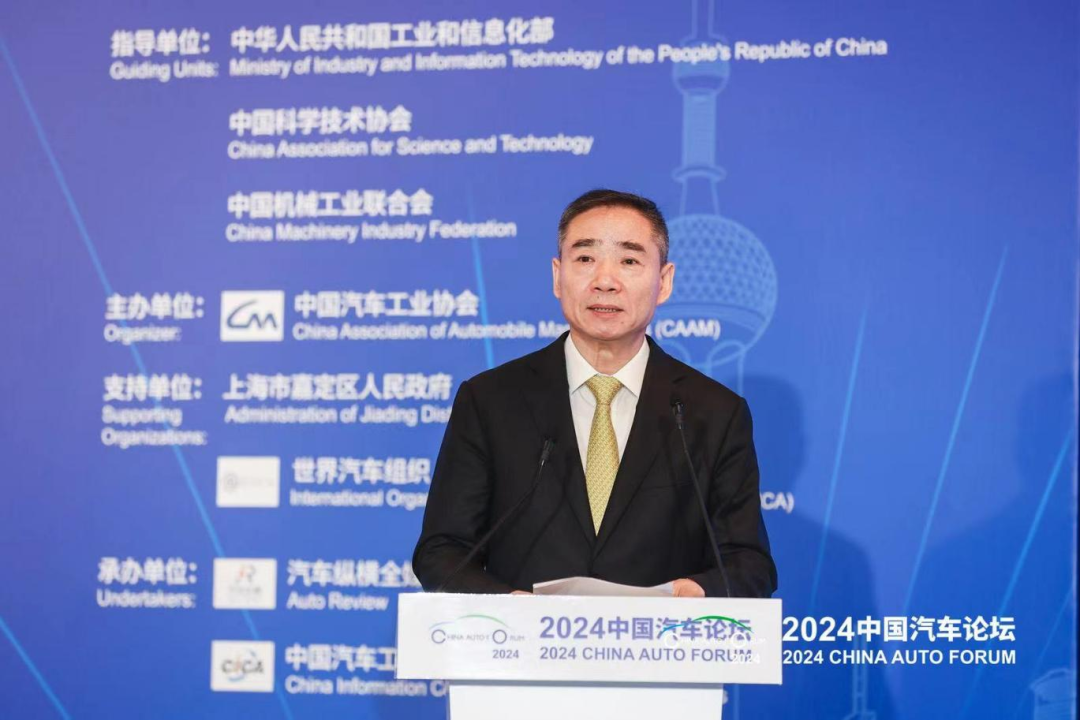
▲Xin Guobin, Vice Minister of the Ministry of Industry and Information Technology
At the forum, Xin Guobin, Vice Minister of the Ministry of Industry and Information Technology, stated that market competition is exceptionally fierce, leading to some phenomena of disorderly competition. "We will continue to optimize industry management, strengthen spot checks on production consistency, ensure quality and safety, combat unfair competition, and regulate industrial development order."
Regarding price wars, Wang Qing, Deputy Director of the Institute of Market Economics, Development Research Center of the State Council, believes that they are a "double-edged sword" but encourages moderate competition. He also mentioned that for unfair competition practices that undermine competitors, mislead consumers, or fail to disclose reductions in configuration or materials, law enforcement should be strengthened. For long-term, frequent, or significant price reductions that significantly harm the overall situation, responsibility can be assigned to the managing entities, and a trigger mechanism for investigating and researching problem clues can be established. The assessment results and behavioral recommendations can be announced to the public within a specified period, incorporating the views of various stakeholders.
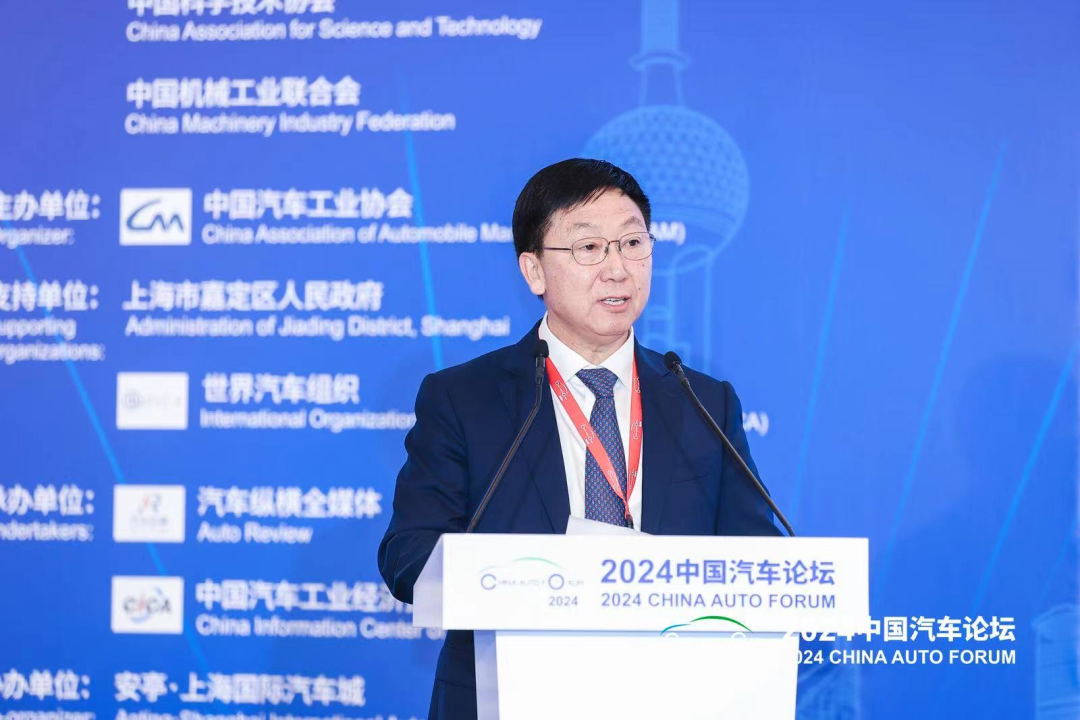
▲Fu Bingfeng, Executive Vice President and Secretary-General of CAAM
Fu Bingfeng, Executive Vice President and Secretary-General of CAAM, believes that traditional automakers, new-energy vehicle companies, joint ventures, and independent brands all have their unique development paths and business strategies. China's ultra-large automotive market can accommodate enterprises and products with different styles.

Going Overseas: Plan Before Action
The wind of involution has blown from domestic to overseas markets. Yan Feng, Co-founder and CEO of Gemstone Automotive, said, "Our competitors overseas are still Chinese."
In 2023, China's automotive exports reached 4.91 million units, ranking first globally, with over 1.2 million new energy vehicles. This year, exports are expected to exceed 2 million units. However, new challenges have emerged. On July 4th of this year, the EU issued a preliminary ruling imposing temporary countervailing tariffs on Chinese electric vehicles.
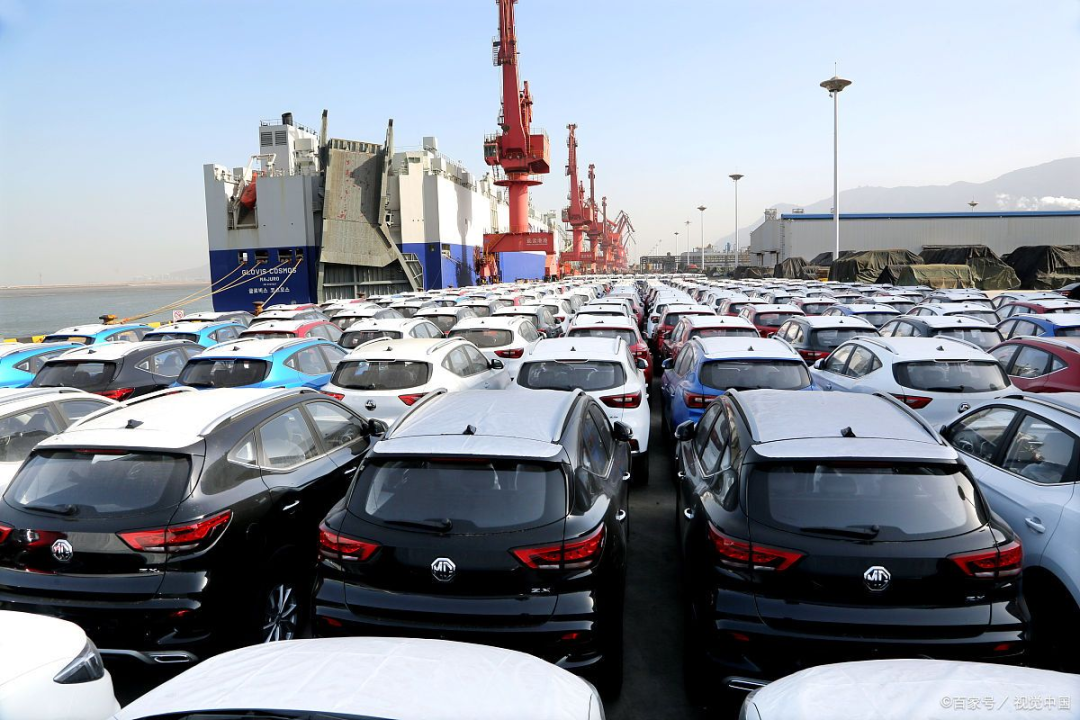
High tariffs may completely block the market.
In his forum speech, Fu Bingfeng mentioned that counter-globalization and a new round of trade protectionism have constrained the global popularization of intelligent and connected new energy vehicles.
Why is it more difficult to go overseas? Wu Songquan, Senior Chief Expert at the China Automotive Technology & Research Center and Chief Engineer of the China Automotive Strategy and Policy Research Center, stated that the automotive industry is a vital sector supporting national competitiveness, with large trade and investment volumes and high interconnectivity. All countries attach great importance to it. Meanwhile, there are significant market differences and numerous compliance requirements among countries, leading to the emergence of many new trade barriers.
The increased difficulty of going overseas places higher demands on domestic automakers. Zhang Shuo, Deputy General Manager of Great Wall Motor's International Business, shared that when he chatted with an old Toyota owner in Australia last month, the owner said, "My grandson will also drive a Toyota car." He added that this overseas user would rather wait two years to buy a Toyota car, posing a real challenge for independent brands to sway the minds of overseas long-term users.
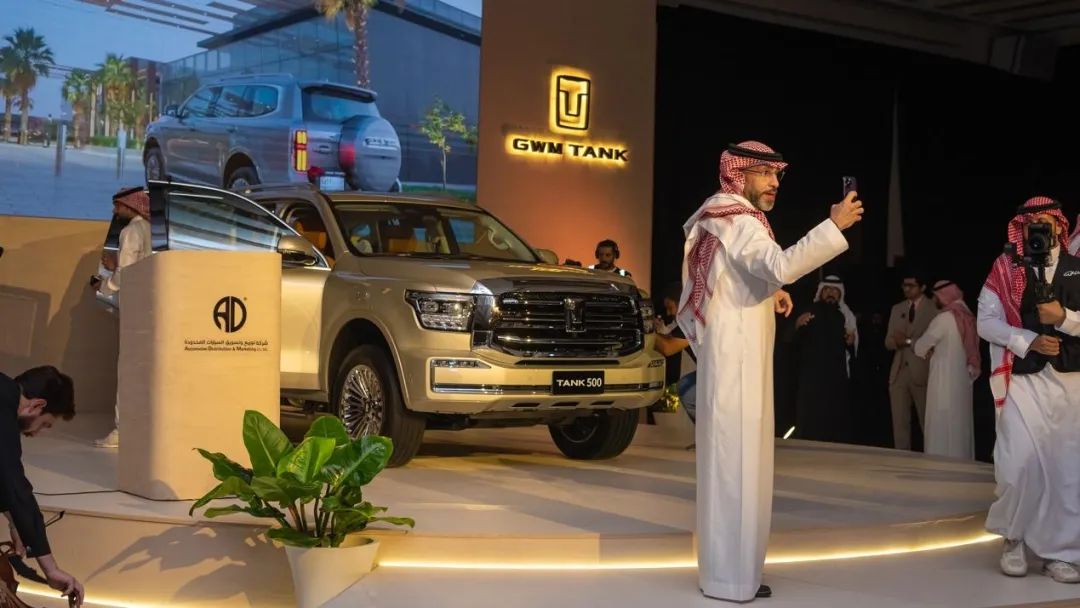
Fortunately, this phenomenon is gradually changing. As China's new energy vehicles expand overseas, overseas markets have somewhat increased their recognition of Chinese automotive brands.
Yan Feng said, "I have visited the Middle East market multiple times, and Toyota still dominates. Middle Easterners consider it a pride to own a Toyota car, and the Land Cruiser sells very well there. However, now that Chinese brands are exported in groups, they are increasingly recognized in the region." For overseas users, Chinese automotive brands are a collective entity. Participants proposed that for Chinese automakers to truly establish brand power in overseas markets, they must reach a consensus on development directions and ecological development strategies.
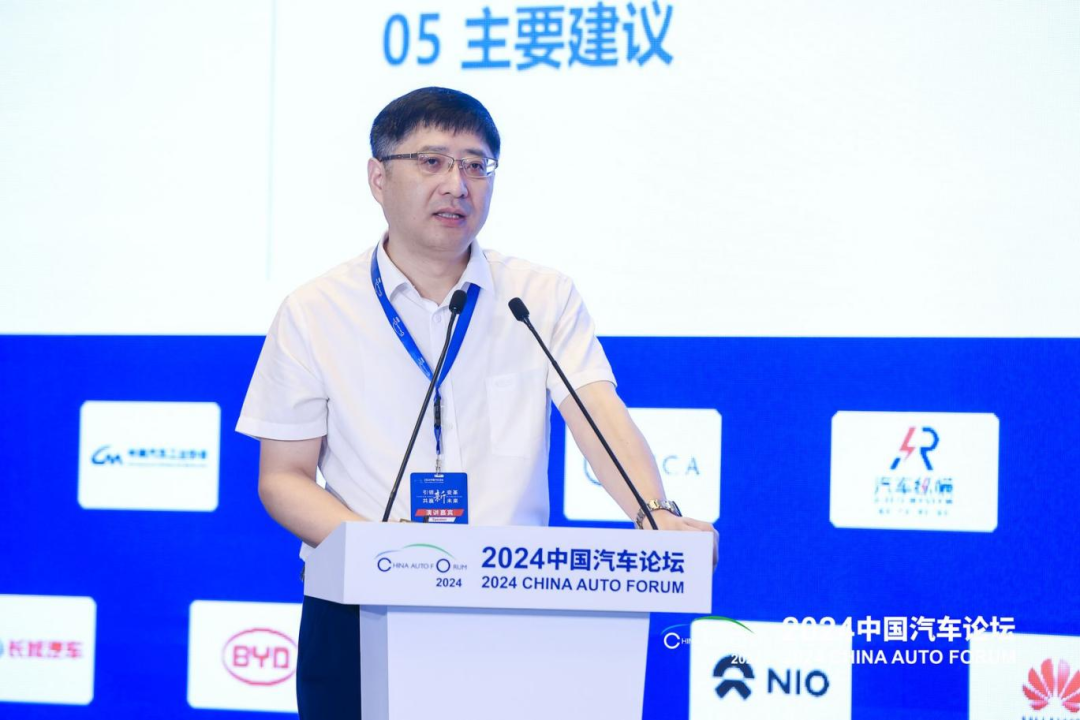
▲Wu Songquan, Senior Chief Expert at the China Automotive Technology & Research Center and Chief Engineer of the China Automotive Strategy and Policy Research Center
Wu Songquan suggested adhering to long-termism, localism, and altruism. Emphasize both exports and investments, strengthen collaboration among enterprises, promote orderly layouts and advancements, uphold a positive-sum mindset, and a user-centric approach.
His specific suggestions include: First, localize production, continuously increase the proportion of local supporting components, and drive local economic development. Second, strengthen research on national laws and regulations, market rules, social culture, etc. Third, make good use of regulations. Fourth, improve products. Fifth, uphold the concept of mutual benefit and win-win cooperation. Sixth, prioritize services, strengthen layouts for maintenance and repair, accessory supply, charging systems, mode innovation, recycling, etc., and enhance overseas users' car purchasing and usage experiences. Seventh, go overseas in groups, collaborating with supply chain enterprises and domestic automakers.
He also mentioned that automotive exports and overseas layouts are long-term processes, and it took developed country automakers many years to establish global layouts. Under the current circumstances, Chinese automotive brands should proceed steadily and plan before action.

Creating Differentiation through Intelligence
As Chinese automakers accelerate their presence in domestic and overseas markets amidst fierce competition, how can they establish differentiation advantages?
From a capital market perspective, Wang De'an, Chief Analyst for the Automotive Industry at Ping An Securities, proposed that enterprises should still focus on intelligence when allocating resources going forward.
Data shows that 43% of users consider intelligence a crucial factor when purchasing a car. Many industry insiders believe that this year marks the beginning of automotive intelligence. Building differentiation and meeting user needs has become a topic for many automakers.
At the policy level, an open attitude towards intelligent and connected vehicles prevails. In the first half of this year, 20 cities in China launched "vehicle-road-cloud integration" pilots, and nine enterprises carried out pilot projects for the production access and road access of intelligent and connected vehicles. Vehicles with combined assisted driving functions accounted for over 50% of sales, marking a new journey for intelligent development.
At the technical level, there is still significant room for exploration regarding the intelligence level of mass-produced models. As Chen Liming, President of Horizon Robotics, stated, most current urban NOA systems are at the "usable" stage and have not yet reached the "user-friendly" level.
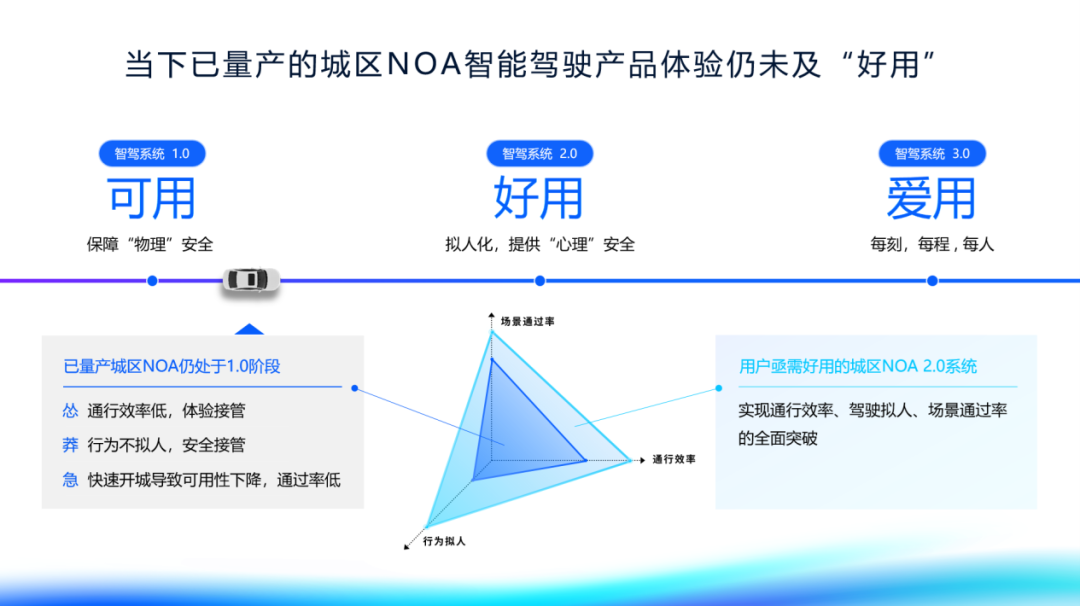
He believes that a truly "user-friendly" intelligent driving 2.0 system should provide an anthropomorphic driving experience, not only ensuring the physical safety of occupants but also their psychological safety. Users urgently need a "user-friendly" urban NOA 2.0 system, and the industry needs to achieve comprehensive breakthroughs in traffic efficiency, anthropomorphic driving, and scenario passage rates.
To achieve "user-friendliness," solving this problem involves four core elements: algorithms, computing power, data, and engineering capabilities. Among them, algorithms determine the performance ceiling of the entire system, computing power and data determine the speed of technological iteration, and engineering capabilities determine the scale of mass production and user experience.
To keep up with the pace of industrial development, some traditional automakers have increased investments in intelligence to create differentiation advantages.
Xiang Xingchu, Chairman, President, and General Manager of JAC Motor Group Holding Co., Ltd., stated at the forum that JAC is fully advancing its cooperation project with Huawei. This project has created a new platform and a leading intelligent electric architecture. The first million-yuan high-end luxury intelligent electric vehicle has entered the vehicle test and verification stage, with plans to roll off the production line this year and be launched in the first half of next year. The subsequent product development is progressing smoothly.
Wang Hui, Vice President of Changan Automobile, also discussed the intelligent system jointly developed by Avita and Huawei, stating that a 400-kilometer intelligent driving evaluation was conducted from Chongqing to Youyang last year, with no takeovers required throughout the journey. Meanwhile, he believes that the technical routes of vehicle-road-cloud integration and single-vehicle intelligence are not contradictory and will develop in a convergent manner in the future. He said that only China's institutional advantages can enable "smart vehicles + intelligent roads + powerful clouds."
Yang Yanding, Dean of the R&D Institute of Dongfeng Motor Corporation, stated that the current automotive industry involves cross-field and cross-disciplinary breakthroughs, requiring continuous learning. "I was initially responsible for chassis design, later participated in vehicle integration development, and now need to continuously learn in the field of intelligence. Without learning, one will fall behind. Currently, Dongfeng is also refining its vehicle-road-cloud integration efforts."
He also believes that the future fusion development of China's single-vehicle intelligence and vehicle-road-cloud integration will be the advantage that enables China's automotive industry to continuously lead.
The trend towards automotive intelligence is irreversible. In Fu Bingfeng's view, the intelligent and connected new energy vehicle industry represents a new track for enterprises' transformation and development. In competition, enterprises must respect industrial development laws, increase investments in scientific and technological research and development, and continuously provide high-quality products and services.
The Chinese automotive industry stands at a historic turning point. Confronted with the dual pressures of intense internal competition and the need for development, Chinese car manufacturers must continuously explore the paths of smart technology, electrification, and internationalization. Through technological innovation, brand building, market expansion, and industry chain collaboration, they aim to secure a more significant position in the global automotive market.


